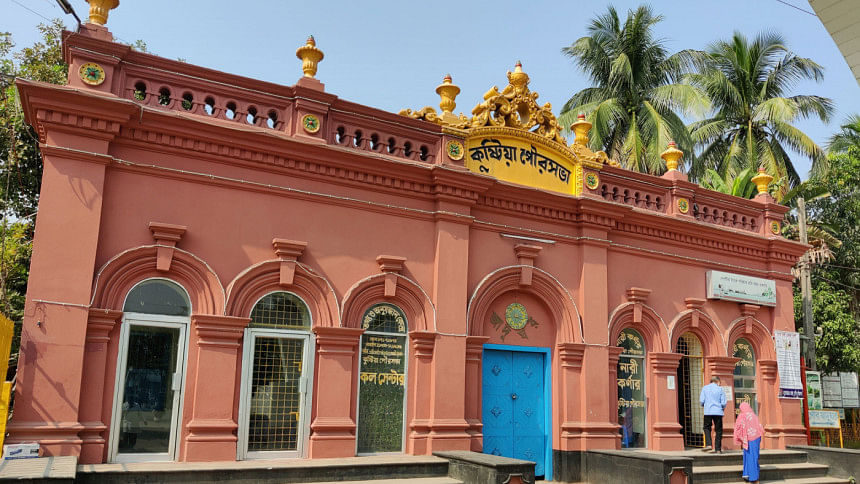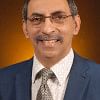Developing small and medium-sized towns is the answer

I visited more than a dozen small and medium sized towns in Bangladesh during the last two months to get a good understanding about our urbanisation trends. Incomparable with Dhaka and Chattogram cities, these towns have total populations varying between an estimated 30,000 and 500,000. The medium-sized urban centres, which include the district towns and some upazila centres, have reasonably good infrastructure and services, although the situation is not equally good in all the small urban centres. In the municipal and city corporations, which are urban local governments, through financing by both the government and bilateral and multilateral funding agencies like World Bank and Asian Development Bank, the conditions of roads, drains, footpaths and street lights, and the quality of piped water supplies, have improved significantly in the past two decades. The private sector also invested in state-of-the-art commercial centres, hotels, hospitals, residential apartments, recreational parks, schools etc in these towns.
The decentralisation initiative takes different forms in rural and urban contexts. Urban areas are geographically much smaller in size but need huge amounts of investment for meeting different demands of the people. The rural areas are sparsely populated, and demand for both individual and public services are usually limited. Therefore, the nature of public representation in urban areas vary from the rural areas.
In urban areas, the inhabitants themselves can afford to bear a large part of the costs of civic services because of their high per capita income and tax payment capacities. The contribution of the urban sector is about 70 percent of the country's GDP. Municipal taxes are therefore imposed on urban households to generate local resources, which are used for building infrastructure and providing civic services. On the premise that urban areas are capable of generating significant amounts of local revenue, the government puts in less resources per capita for urban development compared to the rural areas. In this scenario, the municipal mayors and the councillors who are directly elected by the people are expected to bear more responsibilities to generate sufficient local resources through imposing taxes, rates and fees to meet the various needs of the urban population.
In order to reduce population pressures on large cities, the continuous improvement of small and medium sized towns should continue. Since the independence of Bangladesh in 1971 until 2011 when the last population census took place, the country's population has nearly doubled but the urban population increased more than seven times. The total urban population in the country was five million in 1971, which reached 38 million in 2011. There were only 108 cities and towns in the country in 1971, which increased to 532 in 2011. The number of municipalities increased from 50 in 1974 to 339 in 2020. Of these, 328 are pourashava and 11 are city corporations. About 95 percent of these municipalities are small to medium size towns.
Regrettably, the cities and towns have been growing in an unplanned manner. The urban population will increase to about 50 percent by 2030 and surely, half the population of the country should not be living in unplanned urban areas. Compared to the large cities, the prices of land and apartments are still lower in the small and medium size towns and the quality of life is better, with less pollution and traffic congestion. These towns can still be planned and well developed but this must be done on an urgent basis.
The small and medium sized towns should be developed in a planned manner for sustainable urbanisation in Bangladesh. All the municipalities should initiate preparations of master plans without delay. The challenge for municipalities to recover road-side land and demolish unauthorised structures is huge, which is the consequence of years of haphazard growth of the towns. Some mayors, through discussions with the local people, have made visible progress in this respect and turned these challenges into opportunities. These mayors, with unusual courage, negotiating power, dedication and foresightedness, have improved the urban environment and made a difference in the lives of the people by focusing on areas of common and shared interests. If they have master plans, they will be able to turn their areas into truly liveable towns.
All the small and medium sized towns need master plans that should guide their future expansion. With the support of the Local Government Engineering Department (LGED) and Urban Development Directorate (UDD), a handful of municipalities have already prepared master plans. The plans are prepared by the municipal bodies according to the Local Government (Pourashava) Act 2009. A few of the local bodies have also recruited town planners in order to help implement the master plans. However, not only a few but all the municipalities need to develop master plans and recruit town planners. The municipalities should put in their best efforts to properly implement the master plans once they are drawn up, to contain haphazard growth.
The next thing needed is to make the master plans legally binding upon the municipalities. Without being a legal document, the local bodies won't be able to implement it properly. To become a really functional document, the master plan should be developed after careful social, environmental, demographic, financial and technical assessments. The plans should ideally be endorsed by the Ministry of Law and gazette notifications should be issued for each one of them.
After the master plan is recognised as a legal document, this should be the basis for planned development of the towns. The master plan can play a key role in sustainable urbanisation, with the balanced growth of the towns. Along with the master plan, the urban local bodies also need new building construction rules, since most of them are still using the outdated Building Construction Rules, 1996. If these local bodies can create necessary facilities in small and medium sized towns in a planned manner, many people will decide to settle in these towns instead of choosing overcrowded Dhaka, Chattogram and other large cities.
Dr Nawshad Ahmed is an economist and urban planner, and currently working in an international organisation.

 For all latest news, follow The Daily Star's Google News channel.
For all latest news, follow The Daily Star's Google News channel. 



Comments